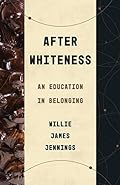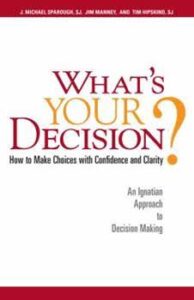 Summary: A call for reparations in the context of US slavery, largely making a case for an American Christian audience.
Summary: A call for reparations in the context of US slavery, largely making a case for an American Christian audience.
There are few things less popular than the concept of reparations. According to two general polls, 26% of the US supports reparations. It is much less popular among White Evangelicals, around 4%, according to sociologist Samuel Perry. I do not think that Kwon and Thompson believe that this is going to be an easy case to make. And I want to commend Brazos Press for publishing the book because I can’t imagine that an explicitly Christian case for reparations, something that is only supported by 4% of White Evangelicals, is going to become a best seller.
The center point of the claim for Reparations is that “White supremacy’s most enduring effect, indeed its very essence is theft.” They use white supremacy here and throughout the book in the sense of a racial hierarchy with a cultural belief in white racial superiority. The sense of theft here is also broad but nuanced, “…theft is best understood not merely in terms of wealth but also in the more comprehensive terms of truth and power.”
One of the complaints about the book that I predict is that Kwon and Thompson frequently use language that is associated in the minds of many with Critical Race Theory and Social Justice. The complaints will be about the method of argument more than the content of the argument and the reality of the harm done, or the need theologically for repair because of that harm. One of the book’s strengths is that Kwon and Thompson attempt to define what they mean all through the book clearly. It is hard for me to adequately evaluate how well they accomplish this for readers that are new to these concepts since I am not new to this discussion. But the concept of whiteness and the social construction of race do matter significantly to the case that Kwon and Thompson are trying to make.
The process of this expanded meaning of Whiteness mirrored the expanding of Blackness; as Blackness took on new meaning, Whiteness took on its opposite. Where Blackness signified inferior personal capacity, Whiteness signified superior personal capacity. Where Blackness signified inferior moral deficiency, Whiteness signified superior moral virtue. Where Blackness signified the margins of society, Whiteness signified a rightful claim to the center. To be White came to mean not only having lighter skin, but also possessing elevated personal capacity, inherent moral virtue, and an assumed place at the center of the social order. And, as with Blackness, by the middle of the nineteenth century, the presence of this newly invented notion of Whiteness was clearly visible in American cultural life.”
Reparations are not a new concept, even if there has been renewed interested. John Hepburn, in 1715, wrote a pamphlet, The American Defence of the Christian Golden Rule, which called explicitly for reparation using Christian theology before the US was founded as a country.
“I am of Opinion, that such Sins cannot be repented of without Restitution made to them that they have wronged; for until the Cause be removed, I know not how the Effect should cease. But they that live and dye without making Restitution to them that they have wronged, how they can expect the Forgiveness of God…”


 Summary: An exploration of the relationship between relational, emotional, and spiritual health and being Black in America.
Summary: An exploration of the relationship between relational, emotional, and spiritual health and being Black in America.




